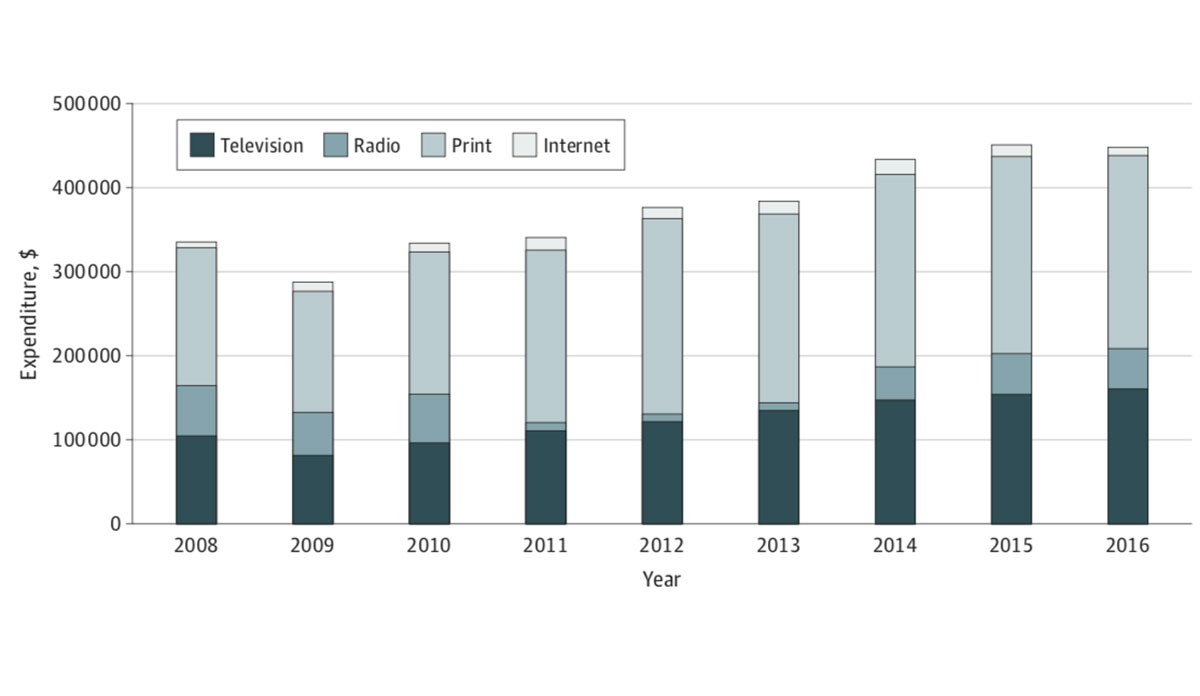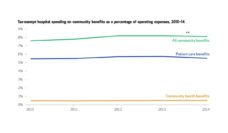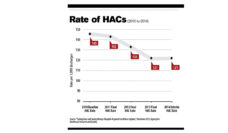When it comes to advertising, what you see is not always what you get. Some ads try to influence small decisions, like persuading you to buy one kind of toothpaste over another. Others attempt to influence your high-stakes decisions such as choosing a hospital.
Hospital advertising may help people make informed decisions about which hospitals they chose for their health needs. However, hospital advertising is unregulated. In other words, the services that hospitals advertise may not predict the quality of these services. Still, it seems, the more a hospital advertises, the more patients they acquire. One study found that, for every $1,000 a hospital spends on advertising, they gain 10 new patients per month.
Researchers at the Yale School of Public Health analyzed hospital advertising expenditures and quality of hospital care between 2008 and 2016. Hospital quality was measured by mortality and readmission rates, consumer/provider assessment, patient experience ratings, and 5-star ratings by independent assessors. The study observed around 4,500 acute care hospitals for nearly a decade.
The figure shows that hospitals spent $3.39 billion on advertising, mostly in print ads. The researchers found no evidence suggesting that hospitals with higher advertising spending were of better quality.
Hospital advertising may produce negative consequences for communities, their lower-spending hospitals, and for patients. Hospitals that perform well, but struggle financially, could capsize under the shadow of bigger hospitals with excess funds flooding their markets with advertisements. Additionally, the quality of hospital advertisements may reflect the quality of care provided. Policy makers have attempted to ban hospital advertising, but to no avail.
Ndumele CD, Cohen MS, Solberg M, Lollo A, Wallace J. Characterization of US Hospital Advertising and Association With Hospital Performance, 2008-2016. JAMA Network Open. 2021.














